Housing loophole closure to shut door on controversy
The government has closed housing sales legal loopholes that have confused developers and claimed thousands of victims.
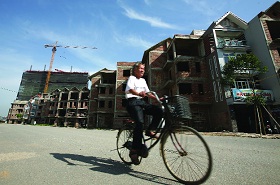 Many home-buyers claimed they had been exploited by the loophole |
According to the decree, housing developers will be allowed to raise cash from individuals and organisations through capital contributions or investment cooperation contracts and developers will pay interests by cash, shares or the right to buy houses.
This issue has not been detailed in the Housing Law, which only provides that housing developers are allowed to sell housing units to customers after finishing the foundations of the building.
Housing developers, who are not financially strong enough to finish building foundations, have taken advantage of this loophole by mobilising capital from potential buyers with clauses promising to sell housing units to capital contributors.
However, some developers have redesigned projects, handed over units years after deadlines or even could not obtain investment licences for projects despite raising cash from potential buyers.
For example, May 1 Construction and Service Joint Stock Company raised more than VND360 billion ($18.9 million) from potential buyers for a housing project in Hanoi that it is still negotiating to purchase from Cienco 5 Land. However, Cienco 5 Land early this year announced it refused to sell, leaving hundreds of “capital contributors” at risk of losing money as many buyers had paid much higher than contractual value for the right to buy in the fictional project.
Decree 71 addressed this legal loophole by saying that developers are allowed to raise cash from individuals and organisations after having a housing project’s design approved and ground-breaking for construction.
Stock market brokerage firm Vinasecurities chief economist Alan Pham said that financial services industry had been a strong contributor to gross domestic product (GDP) growth and stocks of these companies are also favourite choices of many investors, both foreign and domestic.
“The banking market is currently well served by a number of institutions. The insurance market, however, can accommodate more players. It has room to welcome additional companies to serve a growing working-age population,” said Pham.
At the moment, Vietnam has 27 non-life insurers and 12 life insurers operating. According to RNCOS’ report released last week entitled “Vietnam Insurance Sector Forecast to 2013”, Vietnam’s insurance market would grow at a CAGR of around 25 per cent from 2010 through 2013.
“Strong demand for motor vehicle insurance products, property and health insurance products are the major factors for the prospective growth,” said RNCOS. A Ministry of Finance official (MoF) told VIR that market penetration for foreign insurers was not limited.
“We have worked out specific criteria for licencing and we have no plan to limit the number of insurers,” said the official. Local life insurance recorded healthy growth from 2005 through 2009 compared to previous years with CAGR of around 10 per cent as more and more people seek insurance cover to protect themselves from different kinds of risks.
According to a VIR’s source, the MoF would grant two new licences for new life insurers coming into the market this year.
What the stars mean:
★ Poor ★ ★ Promising ★★★ Good ★★★★ Very good ★★★★★ Exceptional
 Tag:
Tag:
Related Contents
Latest News
More News
- Registered FDI in Vietnam tops 6.17 billion USD in Q1 (March 29, 2024 | 08:47)
- Vietnam in waiting list for market upgrade to secondary emerging (March 28, 2024 | 16:37)
- High-tech investment influx reliant on stable power supply (March 28, 2024 | 11:30)
- New land law could entice Viet Kieu home (March 27, 2024 | 18:00)
- Non-stop toll collection to be officially applied in five airports from May 5 (March 27, 2024 | 11:35)
- Vice State President now Acting President (March 22, 2024 | 14:47)
- Party Central Committee agrees to let Vo Van Thuong cease holding positions (March 22, 2024 | 14:41)
- PM, USABC discuss deepening partnership in Vietnam (March 22, 2024 | 11:48)
- PM urges further rate cuts, improved credit access to remove obstacles, promote growth (March 15, 2024 | 11:47)
- Vietnamese citizens warned about fraudulent job offers abroad (March 15, 2024 | 10:04)



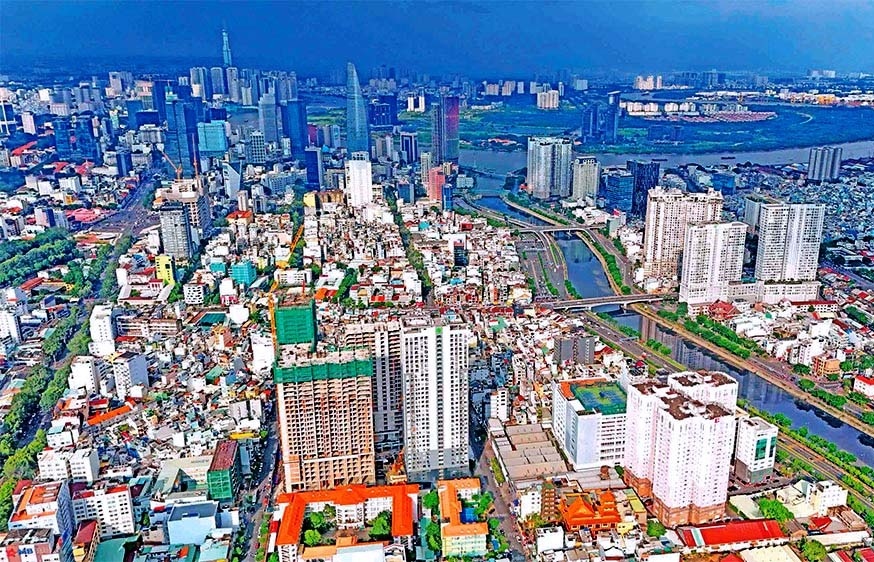

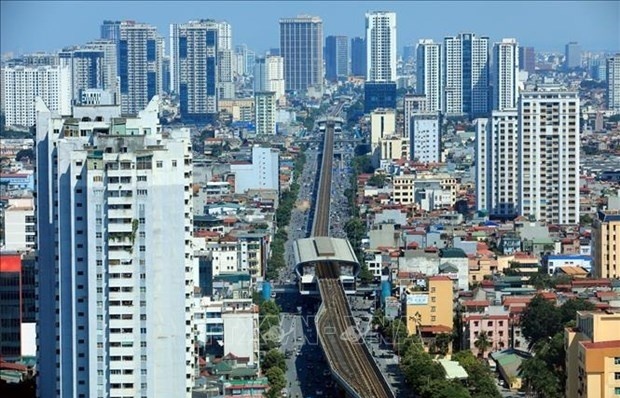
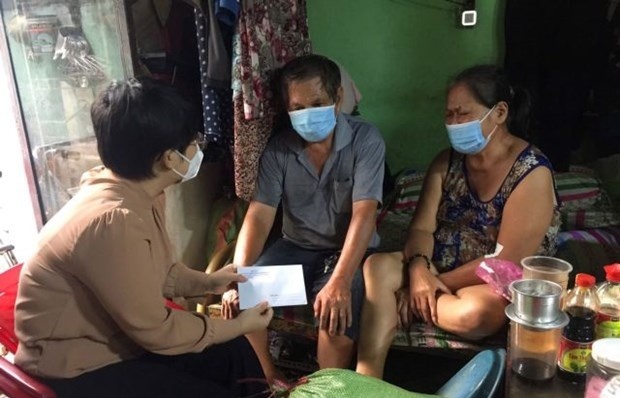


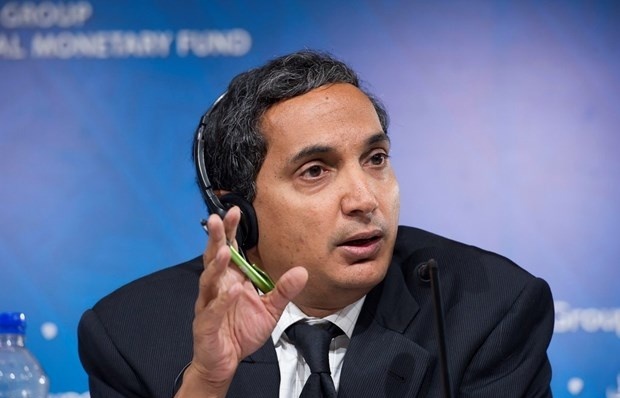














 Mobile Version
Mobile Version